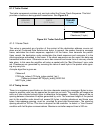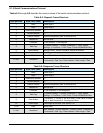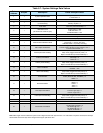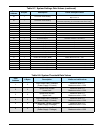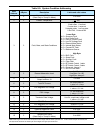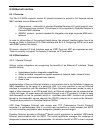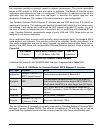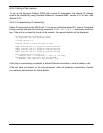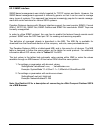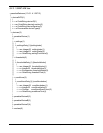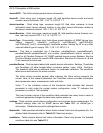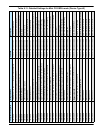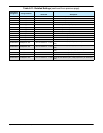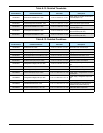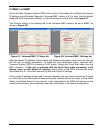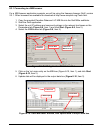
Operations Manual, HPA3, Mini Compact Outdoor SSPA 208143 REV - 73
8.2.3 SNMP interface
SNMP-based management was initially targeted for TCP/IP routers and hosts. However, the
SNMP-based management approach is inherently generic so that it can be used to manage
many types of systems. This approach has become increasingly popular for remote manage-
ment and control solutions for various SSPA systems.
Paradise Datacom devices with Ethernet interface support the most popular SNMPv1 format
(SMIv1, RFC1155), SNMP Get, SNMP GetNext and SNMP Set commands. SNMP Traps are
currently unsupported.
In order to utilize SNMP protocol, the user has to enable this feature through remote serial
protocol. SNMP uses the UDP fixed port 161 for sending and receiving requests.
The definition of managed objects is described in the MIB. The MIB file is available for
download from the Downloads section of the company web site, www.paradisedata.com.
The Paradise Datacom MIB is a table-based MIB, and is the same for all devices. The MIB
table is designed to follow the same pattern as the tables for serial protocol. For additional
information about OID values, refer to Tables 8-11 to 8-13.
The text values in the tables help automatic value parsing within NMS or make the values
readable through an MIB browser. All text value OIDs follow the same pattern:
1. For settings or parameters with discreet values:
SettingName’ValueName1=xxx, ….,ValueNamex=xxx
Example: SystemMode'1:1=0,Dual 1:1 = 1,MSwitch=2,StandAlone=255
2. For settings or parameters with continuous values:
SettingName’LowLimit..HighLimit
Example: NetworkAddress'0..255
Note: See Section 8.3 for a description of connecting to a Mini Compact Outdoor SSPA
via a MIB Browser.



